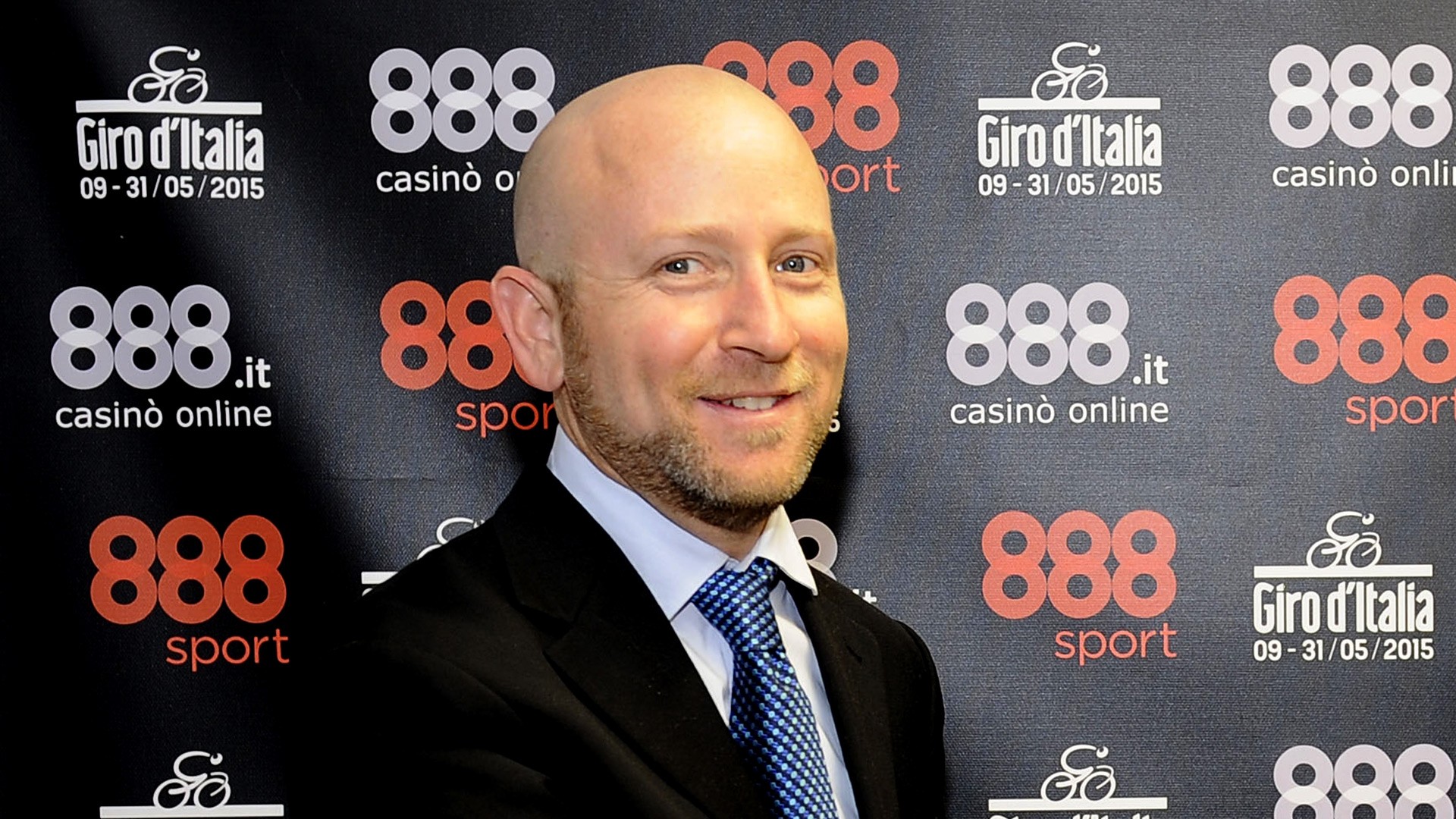

Overround in sports betting: what is it?

Just as in online poker there is a small
percentage of the bets placed that the house keeps and that is called rake, in
sports betting there is also a margin that acts as a commission and that the
bookmaker receives as a symbolic compensation for the organization and
maintenance of the infrastructure that has made the game possible.
This margin is called overround in sports betting, and it is possible to calculate it in order to have an idea of what our total reward will be after having reduced the amount of the commission that is applied to all the bets.
What is the overround in sports betting

The overround is applied to every odd. There is
no way to avoid it, but there is a way to calculate it in order to always take
into account how it will affect the value of our bet. It must be taken into
account that the bookmakers, besides being responsible for the maintenance of
the entire infrastructure of the room, are the ones who are harmed when
someone wins.
When a user places a bet, he actually plays
against the bookmaker. Although it is the bookmaker that offers the entire
repertoire of events, odds and methods, it is the one on the other side
of the gaming table and the rival to be beaten by all those who make their
predictions.
The overround allows to cushion the impact of
these losses in case they occur. But it should not be taken as an element of
revenge, but as a small fee paid to ensure the viability of the bookmaker. It
is this sustainability that makes it possible to continue to keep bets
active, despite the fact that a user wins and claims his prize.
While there is nothing that can be done to
avoid the overround, it can be calculated to check to what extent an odd is
as good as it seems. In essence, the overround is the sum of the odds, but
in reverse.
The calculations are very simple: you only need
to calculate the percentage of each odd. If, for example, in a match the
home win is paid at 1.5 €, the draw at 4 € and the away win at 8 €, the
calculations would be made as follows:
- 100 / 1.5 = 66.66 % odds.
- 100 / 4 = 25 % chance.
- 100 / 8 = 12.5 % odds.
Now that we know the probabilities for each outcome,
we add them all up. In this case, 66.66 + 25 + 12.5 = 104.16 %.
Normally, when you add up the percentages, you
get a value greater than 100. Anything over 100 is the overround, i.e.
what the bookmaker takes. In this case, the overround would be 4.16%.
The closer the value is to 100, the higher the payout
(the money that is distributed among the winning bets) and, therefore, the more
beneficial for the users. So, yes, we are looking at good odds.
If the excess of 100 is too large, it means that the odds are actually not as beneficial as they may seem. High overround margins betray an unattractive odd.
The influence of the
overround on betting

Although the overround of a bookmaker must
always be taken into account, it is a percentage that carries a lot of weight
when it comes to forecasting, because it is this margin that causes
differences in odds between bookmakers. Here it is the user's responsibility to
check which bookmakers have the best odds and the lowest overround.
As always, diversification is the best way to
ensure success, and being part of the community of several bookmakers is the
best way to look for success. It is a good idea, especially to compare odds
between bookies, something interesting if you are always looking for the
tightest overround so as not to expose yourself to odds with wide margins.
Any newcomer to sports betting should start
training to go beyond the odds figure. It is necessary to calculate the
overround to determine how profitable it can be to make a prediction on
an event with that odd, analyzing the value and the odds that each bookmaker
gives.
It is also important to take into account the
possible outcomes. The greater the number of options, the higher the
uncertainty, the more risk the bookmaker assumes and the more it
seeks to protect itself. How? By reducing the margin of the prizes and raising
the amount of the odds. With these odds, very high risks are taken, to which
users rarely want to commit themselves.
This is also influenced by the popularity of
the competition. The more popular it is, the lower the overround to offer
competitive odds, as the aim is to broaden the pool of betting users. In the
minority sports that not all bookies offer, there is a tendency to raise the
overround and bookmakers tend to do so.
You may also like

William Hill already belongs to 888 Holdings
William Hill already belongs to 888 HoldingsThe acquisition of William Hill by 888 Holdings, who had been negotiating for months between their shareholders with 99.73% support for the operation, ha...

Handicap in sports betting: what are they and what types exist?
The standard definition of handicap in major dictionaries refers to a handicap as an unfavorable circumstance or factor that has a negative impact. But the meaning of "handicap" in sports betting i...

Betting calculator: what is it and how to use it?
The world of sports betting can be a real enigma for those who are just starting out in this adventure. But it is precisely for this reason that the sports betting calculator exists. This fabulous...









